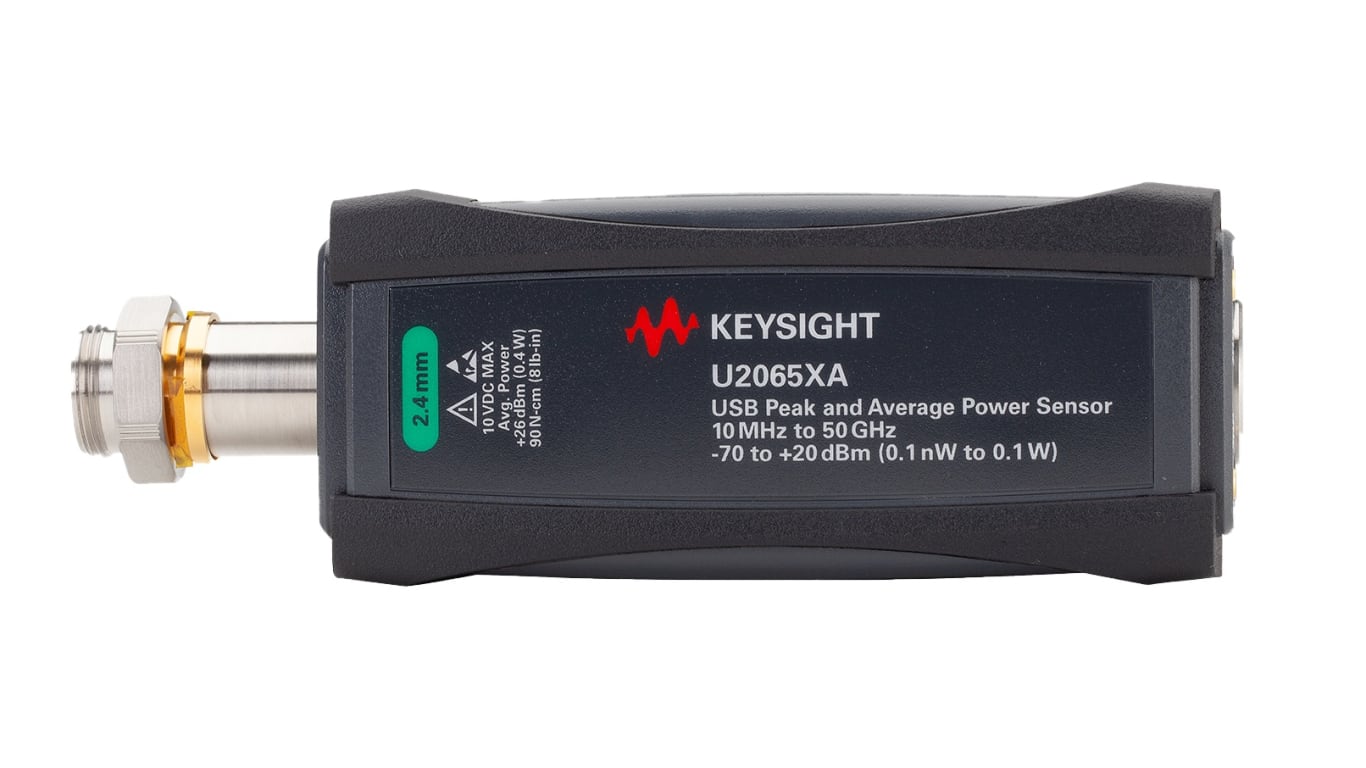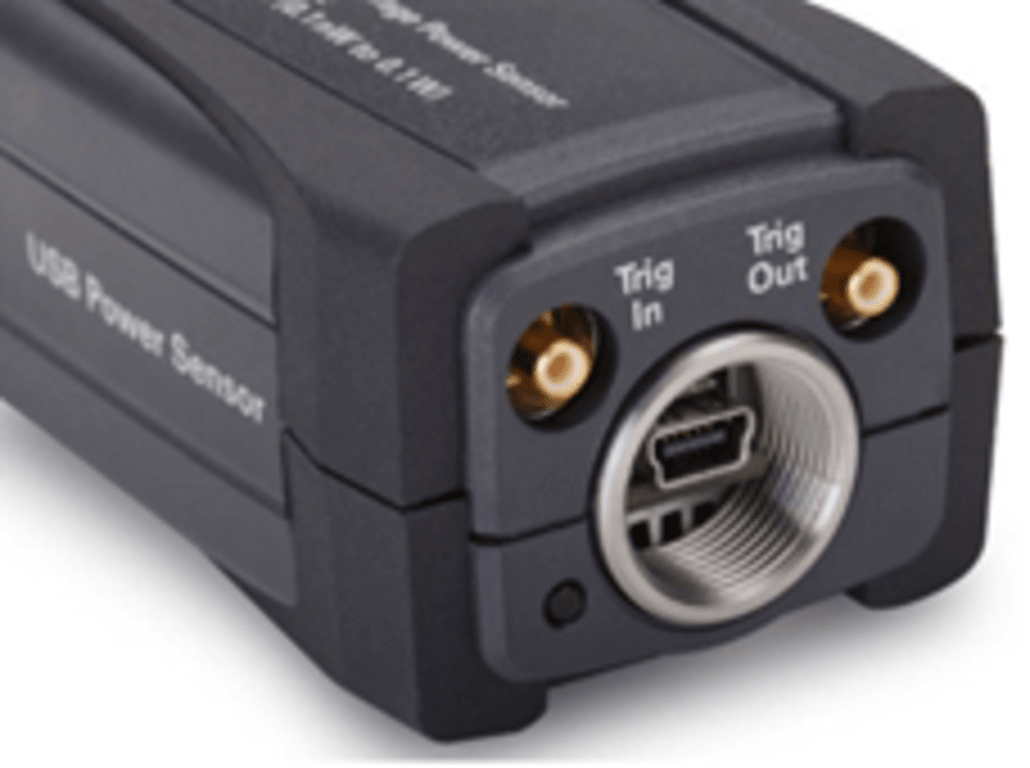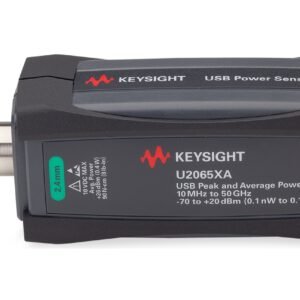No products in the cart.
Need help? Call us:
+1 (833) 763-7837
Menu
Categories
- Accessories
- Air Purification Accessories
- Antennas
- Attenuators
- Barcode Scanners
- Batteries and Chargers
- Bottles and Dispensers
- Cables - Misc
- Carrying Straps, Lanyards and Harnesses
- Carts
- Case and Cart Accessories
- Cases
- Cathodic Protection Accessories
- Coaxial
- Crimper Accessories
- Datacom Accessories
- Dry Block Bath Inserts
- EMI Accessories
- Enclosure Accessories
- FIber Optic Accessories
- Fiber Optic Cables
- Gas Detection Accessories
- General Accessories
- GPIB Adapters
- Heating Elements
- Hipot Accessories
- Hoses - Miscellaneous
- HVAC Accessories
- Induction Heater Accessories
- Input Cards
- Jacks /Adapters /Plugs /Clips /Terminators/Coaxial
- Jobsite Storage and Cabinets
- Knockout Accessories
- Lab Accessories
- LCR Test Fixtures
- LED and LCD Displays
- Manuals
- Material Handling Accessories
- Microphones
- Microscope Accessories
- Motors
- Options
- Pinhole/Holiday Detector Accessories
- Plumbing Accessories
- Precision Measuring Instrument Accessories
- Pressure Calibrator Modules
- Printers and Printing Supplies
- Probes
- Rack Mounts and Stands
- Repair Parts and Fuses
- Scale Accessories
- Shunts
- Software
- Soldering Accessories
- Spectrum Analyzer Accessories
- Static Control Accessories
- Switch and Semiconductor Modules/Access
- Test Fixtures
- Test Leads and Instrument Accessory Kits
- Thermal Imager Accessories
- Training and Education
- Underground Utility Location Accessories
- Vibration Accessories
- Video Accessories
- Voltage Transformer
- Warranty and Calibration
- Amplifiers / Preamps / Preamplifiers
- Audio Equipment
- Automotive Test Tools
- Battery Testing
- Blower Door and Duct Testing
- Borescopes / Boroscopes
- Clamp Meters
- Cleanroom
- Color and Appearance
- Conduit Benders
- Current Sensors
- Datacom and Networking Products
- Dataloggers Data Acquisition
- Decade Boxes
- Distance Meter
- Electrical Parts and Products
- Cable and Wire
- Cable Reels
- Electrical Cord
- Electrical Jumpers and Pigtails
- Electrical Parts
- Electrical Plugs and Connectors
- Line Splitters
- Lockout / Tagout
- Outlet Boxes
- Pulling Products
- Pushbutton Pendant Stations
- Receptacle Testers
- Temporary Power Distribution
- Terminal Blocks and Strips
- Terminals and Crimps
- Wall Plates
- Wire Management
- Wire Ties
- Work Lighting and String Lighting
- Enclosures and Boxes
- Environmental Testers / Physical Property
- Anemometer / Air Flow
- Barometers and Altimeters
- Chlorine Tester
- Dissolved Oxygen Meter / Fluoride
- EMF / ELF Meter
- Heat Index Monitors
- Humidity Meters
- Hygrometers
- Moisture Meters
- Nuclear Radiation Monitors
- PH / ORP Meters
- Psychrometer
- Refractometers / BRIX
- Scales / Weight
- Sound Level Meters
- Stopwatches / Timers / Clocks
- Water Quality Accessories
- Water Quality Meters
- Weather Measurement
- Wind Tunnels
- Flow Measurement
- Force / Torque / Hardness Meters
- Gas Detection
- Ground Testers
- Health and Safety
- HVAC Equipment and Instruments
- Automotive RRR Machines
- Brazing
- Combustion Analyzers
- Hose Adapters, Valves and Parts
- HVAC - Testing - Adjusting - Balancing
- HVAC Equipment - Misc
- HVAC Manifolds and Gauges
- HVAC Vacuum Pumps
- Refrigerant Leak Detectors
- Refrigerant Recovery Machines
- Refrigerant Recovery Tanks
- Smoke Pump Test Kits
- Tubing Tools
- Vacuum Gauges
- Hydraulic Cylinders
- Indoor Air Quality
- LCR Meters / Impedance Measurement Products
- Leakage Detectors
- Life Sciences Equipment
- Autoclaves and Sterilization
- Bunsen Burners
- Centrifuges
- Cold Storage
- Colony Counters
- Dry Block Heaters and Cooling Blocks
- Environmental Test Chambers
- Flame Photometers
- Flocculators
- Fluidized Bed Baths
- Gel Imaging Electrophoresis
- Glassware Washers-Dryers
- Heating Mantles / Electromantles
- Homogenizers
- Incubators
- Kjeldahl Apparatus
- Lab Apparatus - Misc
- Laboratory Ovens
- Laboratory Pumps
- Laboratory Water Purification Systems
- Magnetic Bead Based Purification
- Melting Point Apparatus
- Mixers Rotators and Stirrers
- Pipettes
- Reaction Station
- Recirculating Chillers / Coolers
- Refrigerated Heating Circulators
- Rotary Evaporators
- Shakers and Rockers
- Slide Warmers
- Spectrophotometer
- Thermal Cycler / PCR
- Titrators
- Water Baths and Liquid Baths
- Logic Analyzers
- Materials Testing
- Megohmmeter / Insulation Resistance Testers
- Micro-Ohmmeter / Milliohmmeter
- Microscopes
- Multimeters
- Network Analyzer
- Oscilloscopes
- Panel Meters
- Personal Protective Equipment
- Phase / Motor / Transformer Testing
- Power Measurement
- Power Supplies
- Process / Calibration
- Programmers / IC and RAM Testers
- Protocol Analyzers
- Prototyping
- Radiometric
- Reliability / Preventative Maint / Rotational
- RF, Microwave, EMI
- Safety Testing / Surge Testing
- Signal Generators / Counters
- Signal Level Meters - CATV / CCTV / Satellite
- Solar Analyzers
- Soldering Equipment
- BGA Rework Station
- Chemicals
- Cleaning Pins and Drills
- Depaneling Systems
- Desoldering Equipment/Rework Stations
- Desoldering Irons
- Dispensing Equipment
- Flux
- Flux Remover
- Fume Extraction
- Hot Air Guns
- Hot Air Pencils
- Lead Forming Equipment
- Nitrogen Generation
- Nozzles
- PCB Supports and Holders
- Pre-Heater
- Solder
- Solder Wick
- Soldering Equipment
- Soldering Irons
- Soldering Pots
- Soldering Robots
- Soldering Stands
- Soldering Stations
- Soldering Tip Cleaners
- Soldering Tip Thermometers
- Soldering Tweezers
- Sponges and Brass Wool
- Thermal Wire Strippers
- Tips
- Vacuum Pick-Up Tools
- Sporting / Hunting / Law Enforcement Optics
- Static Control
- Surveying / Construction Measurement
- Thermal Imagers
- Thermometers
- Thickness Gauges
- Tools
- Blackeners
- Cable Cutters
- Cable Strippers
- Cable Tie Guns
- Combination Squares
- Conduit Tools
- Crimpers
- Cutters
- Cutting Tools
- Datacom / Fiber Optic Tools
- Drill Bits and Sets
- Drill Rod
- Dry Lubricants
- Electric Screwdrivers
- Feeler Gage
- Fiber Optic Cable Tools and Fiber Scopes
- Flashlights and Headlights
- Ground Flat Stock
- Hex Drivers, Torx Drivers
- Hose Benders
- Hose Clamps
- Hot Melt
- HVAC Service Tools
- Insulated Tools
- Keystock
- Knockout Tools
- Layout Fluid
- Level Measurement
- Maintenance Kits
- Multi-Tools
- Other Hand Tools
- Pliers
- Pneumatic Hand Tool Operators
- Power Tools
- Probes & Scribes
- Punch & Die Sets
- Punchdown Tools
- Remote Hydraulic Pumps
- Screwdrivers
- Shims & Shim Stock
- Sockets & Ratchets
- Spatulas
- Telecom Service Tools
- Telescopic Tools
- Threaded Rod
- Tool Kits
- Tool Wrap
- Tweezers
- Vises
- Wire
- Wire Strippers
- Wrenches & Wrench Sets
- Toys / Cool Stuff
- Transmission Line/Station Testing
- Cable Testing
- Circuit Breaker Testers
- Corona Detection
- Dielectric Oil Testing
- High Current Detectors / Indicators
- High Voltage Detectors / Indicators
- Hot Sticks
- Phasing Sticks
- Primary Injection Test Equipment
- Safety Equipment
- Secondary Injection Test Equipment
- SF6 Gas Leak Detectors
- Transformer Testing/TTR
- Transmission Cable Height Meters
- Video Distribution Equipment
- Video Test Equipment
- Voltage / Continuity and Non-Contact Testers
- Wire Tracers / Circuit Breaker Tracers
- Workbenches
Keysight U2065XA – USB Wide Dynamic Range Peak/Average Power Sensor (10 MHz – 50 GHz)
Brand:
8 people are viewing this product right now
$21,022.10
Shipping calculated at checkout.
Estimated delivery:5 days
USB Wide Dynamic Range Peak and Average Power Sensor 10MHz – 50GHz
- USB wide dynamic range peak/average power sensor
- Frequency range: 10 MHz – 50 GHz
- Power range: -70 to +20 dBm
- Connector type: 2.4mm (male)
- ***With option 053, frequency range is 10 MHz – 53 GHz; -70 to 0 dBm (> 50 GHz to 53 GHz)***
- 5 ft power sensor cable is standard
- For a longer power sensor cable, please see option 302 (10 ft) or 303 (16.4 ft)
- Built-in radar and wireless preset for standard signals such as DME, GSM, EDGE, WCDMA, WLAN, and LTE.
- The average mode time-selectivity function allows full dynamic range for average and time selectivity average power measurements.
- Internal zero and automatic calibration saves time and reduces measurement uncertainty.
SKU:
Keysight U2065XA
Tags: EMI, Microwave, RF, RF and Microwave Power
Categories: RF and Microwave Power
Have any Questions?
Feel free to Get in touch
Guarantee Safe and Secure Payment Checkout
Description

Keysight U2065XA
- USB wide dynamic range peak/average power sensor
- Frequency range: 10 MHz – 50 GHz
- Power range: -70 to +20 dBm
- Connector type: 2.4mm (male)
- ***With option 053, frequency range is 10 MHz – 53 GHz; -70 to 0 dBm (> 50 GHz to 53 GHz)***
USB Wide Dynamic Range Peak/Average Power Sensor (10 MHz – 50 GHz)
Keysight X-Series power sensors have the most comprehensive dynamic range of 96 dB (-70 dBm to +26 dBm). The 96 dB dynamic range enables accurate power measurements of very low signal levels for a broad range of applications such as the wireless chipset, power amplifier and module manufacturing, satellite payload testing, test system or instrument calibration, and radar pulse parameter measurements.
The X-Series power sensors have average only and peak and average feature sets, supporting frequency ranges to 67GHz. The average-only versions have extensive features to help optimize the average power measurements, while the peak and average models add gated power measurements and pulse analysis.
X-Series Power Sensors Comparison Table
| USB model | LAN model | Sensor Type | Frequency range | Power range | Connector type |
| U2051XA | L2051XA | Average | 10 MHz to 6 GHz | -70 to +26 dBm | N-type (male) |
| U2061XA | L2061XA | Peak and Average | 10 MHz to 6 GHz | -70 to +26 dBm | N-type (male) |
| U2052XA | L2052XA | Average | 10 MHz to 18 GHz | -70 to +26 dBm | N-type (male) |
| U2062XA | L2062XA | Peak and Average | 10 MHz to 18 GHz | -70 to +26 dBm | N-type (male) |
| U2053XA | L2053XA | Average | 10 MHz to 33 GHz | -70 to +26 dBm | 3.5 mm (male) |
| U2063XA | L2063XA | Peak and Average | 10 MHz to 33 GHz | -70 to +26 dBm | 3.5 mm (male) |
| – | U2049XA | Peak and Average | 10 MHz to 33 GHz | -70 to +20 dBm | 3.5 mm (male) |
| U2054XA | L2054XA | Average | 10 MHz to 40 GHz | -70 to +20 dBm | 2.92 mm (male) |
| U2064XA | L2064XA | Peak and Average | 10 MHz to 40 GHz | -70 to +20 dBm | 2.92 mm (male) |
| U2055XA | L2055XA | Average | 10 MHz to 50 GHz 10 MHz to 53 GHz (Option 053) | -70 to +20 dBm (10 MHz to 50 GHz) -70 to 0 dBm (> 50 GHz to 53 GHz) | 2.4 mm (male) |
| U2065XA | L2065XA | Peak and Average | 10 MHz to 50 GHz 10 MHz to 53 GHz (Option 053) | -70 to +20 dBm (10 MHz to 50 GHz) -70 to 0 dBm (> 50 GHz to 53 GHz) | 2.4 mm (male) |
| U2056XA | L2056XA | Average | 10 MHz to 54 GHz | -70 to +20 dBm (10 MHz to 50 GHz) -70 to +15 dBm (> 50 GHz to 54 GHz) | 1.85 mm (male) |
| U2066XA | L2066XA | Peak and Average | 10 MHz to 54 GHz | -70 to +20 dBm (10 MHz to 50 GHz) -70 to +15 dBm (> 50 GHz to 54 GHz) | 1.85 mm (male) |
| U2057XA | L2057XA | Average | 10 MHz to 67 GHz | -70 to +20 dBm (10 MHz to 50 GHz) -70 to +15 dBm (> 50 GHz to 54 GHz) -70 to +10 dBm (> 54 GHz to 67 GHz) | 1.85 mm (male) |
| U2067XA | L2067XA | Peak and Average | 10 MHz to 67 GHz | -70 to +20 dBm (10 MHz to 50 GHz) -70 to +15 dBm (> 50 GHz to 54 GHz) -70 to +10 dBm (> 54 GHz to 67 GHz) | 1.85 mm (male) |
Super-fast measurement speed
The X-Series power sensors take up to 50,000 super-fast readings per second (in fast/buffer mode/ average mode), a ten times improvement over Keysight’s previous sensor offerings, allowing test engineers to increase test throughput capacity and reduce the cost of test, especially in high volume manufacturing environments such as mobile chipset manufacturing.
This measurement speed is fast enough to measure every continuous pulse without leaving time gaps between measurement acquisitions. While conventional sensors only provide a snapshot of successive pulses, going slow where a glitch could slip by unnoticed, the X-Series power sensors measure continuously in real-time and keep pace with high-speed vibrations, up to 10 kHz PRF. Users can also fully control which portion of the signal is measured and what throughput they can expect because the aperture duration defines the maximum measurement speed as 1/aperture duration. For example, setting the aperture duration to 20 μs offers 20 μs of measurement time per reading, equaling a measurement speed of 50,000 readings per second.
Built-in radar and wireless presets
Begin testing faster; the X-Series power sensors come with built-in radar and wireless presets for common signals such as DME, GSM, EDGE, WCDMA, WLAN, and LTE.
Broadband coverage for any modulated signal formats
The X-Series power sensors make accurate average or time-selective average power measurements of any modulated signal and cover all standard wireless signals such as 5G, LTE, and LTE-Advanced with 100 and WLAN 802.11ac with 80/160 MHz bandwidth. A 4-path diode stack design with parallel data acquisition paths offers seamless range transition with high accuracy and repeatability. This design enables all the diodes to operate in their square law region, allowing the X-Series power sensors to function like thermocouple power sensors to provide accurate average power for broadband modulated signals.
Time selectivity in average mode with variable aperture duration
The X-Series power sensors offer a feature called moderate mode time selectivity, whereby users can configure the aperture duration of measurement capture concerning immediate, external, and internal triggers. The aperture duration can be set from 20 μs to 200 ms with a resolution of 100 ns, a resolution low enough to cover any radio format.
This new feature enables precise control of what portion of the signal waveform is measured, similarly to time-gated measurements in peak power sensors. The key benefit of this feature is that it enables the sensor to measure average power with time selectivity across the full dynamic range and provides real-time measurements up to 50000 readings per second. This is a significant improvement compared to conventional power sensors; a sensor’s time-greater dynamic ranges are typically clipped at around 50 dB with a maximum speed of 1000 readings per second.

Built-in trigger in and out
An external trigger enables the accurate triggering of low-level signals close to the sensor’s noise floor. The X-Series power sensors come with the built-in motivation in/out connection, allowing you to connect an external trigger signal from a signal source or the device-under-test to achieve precise triggering timing. Once the trigger output is enabled, a TTL trigger output signal will be generated on every triggered measurement. The built-in trigger in and out is particularly useful when users need to synchronize the measurement acquisition of a series of daisy-chain power sensors.
RF and Microwave Power Sensors Template | |
|---|---|
| LAN version | No |
| Minimum Frequency (RF Power Sensors) | 10 MHz |
| Maximum Frequency (RF Power Sensors) | 50 GHz |
| Sensor Technology | Diode |
Product General Attributes | |
| Interfaces I/O | USB |
| Product Weight | 0.24 LBS |
| Product Height | 1.38 IN |
| Product Length | 5.24 IN |
| Product Width | 1.73 IN |
| Shipping Weight | 1.24 LBS |
| Data Logging | Yes |
Be the first to review “Keysight U2065XA – USB Wide Dynamic Range Peak/Average Power Sensor (10 MHz – 50 GHz)”
You must be logged in to post a review.
Manuals/Guides
| Weight | 0.24 lbs |
|---|---|
| Dimensions | 5.24 × 1.73 × 1.38 in |
Related products
Sale
Rohde and Schwarz FPL1003 – Signal and Spectrum Analyzer, 5 kHz to 3 GHz
Sale
Rigol DSA815/DSG815 Kit Spectrum Analyzer 9kHz to 1.5 GHz and DSG815 1.5 GHz Signal Generator
Our team of knowledgeable professionals is here to help you make informed decisions. Whether you need product recommendations, technical support, or guidance on your purchase, we're just a click away.
Contact Us Now:
📧 sales@nestesinstruments.com
📞 +1 (833) 763-7837
Let us assist you in finding the perfect solution!
Contact Us Now:
📧 sales@nestesinstruments.com
📞 +1 (833) 763-7837
Let us assist you in finding the perfect solution!
















Reviews
There are no reviews yet.